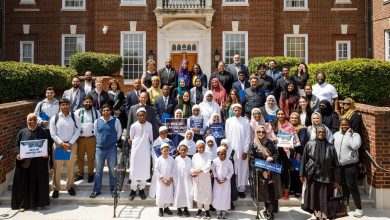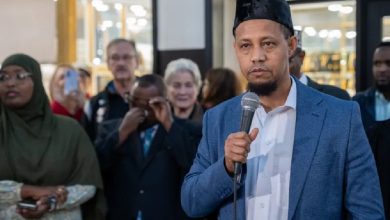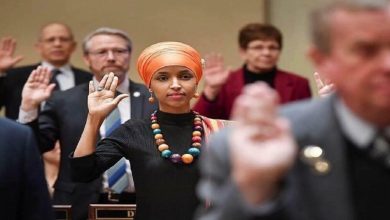The Secret Behind Muslim Prayer in Times Square: A Symbol of Faith, Unity, and Freedom in America
How public prayer in the heart of New York became a powerful message of peace, spirituality, and cultural inclusion.
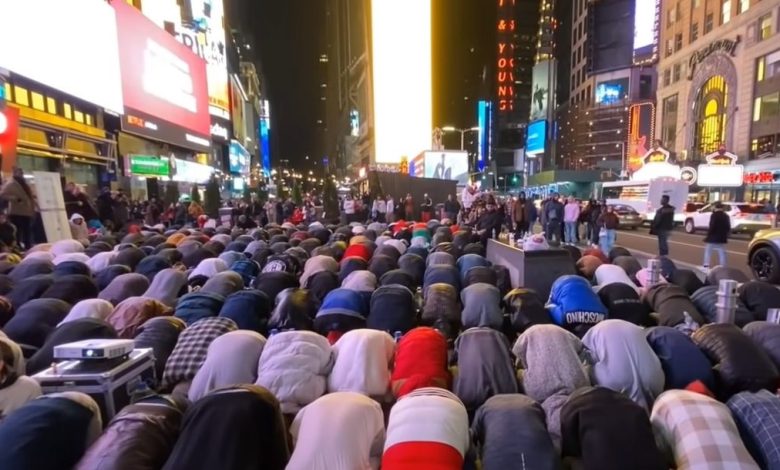
In recent years, scenes of Muslims gathering to perform prayer (ṣalāh) in Times Square, New York City, have captured the attention of millions across the world. The sight of hundreds of believers bowing in unison amid flashing billboards and the sounds of the city’s chaos is more than a spiritual act — it’s a profound symbol of faith, identity, and coexistence in modern America.
1. The Origins of Prayer in Times Square
The first large public prayer in Times Square was organized during the holy month of Ramadan, as a way for Muslims in New York to break their fast together and express their faith openly in a city known for its diversity. Organizers sought not confrontation but visibility — a statement that Islam belongs to the American social fabric.
Times Square, often called “the crossroads of the world,” represents global attention, consumer culture, and media power. By praying there, Muslims transformed a commercial space into a spiritual arena, reminding both Americans and the world that faith can exist even amid the noise of modern life.
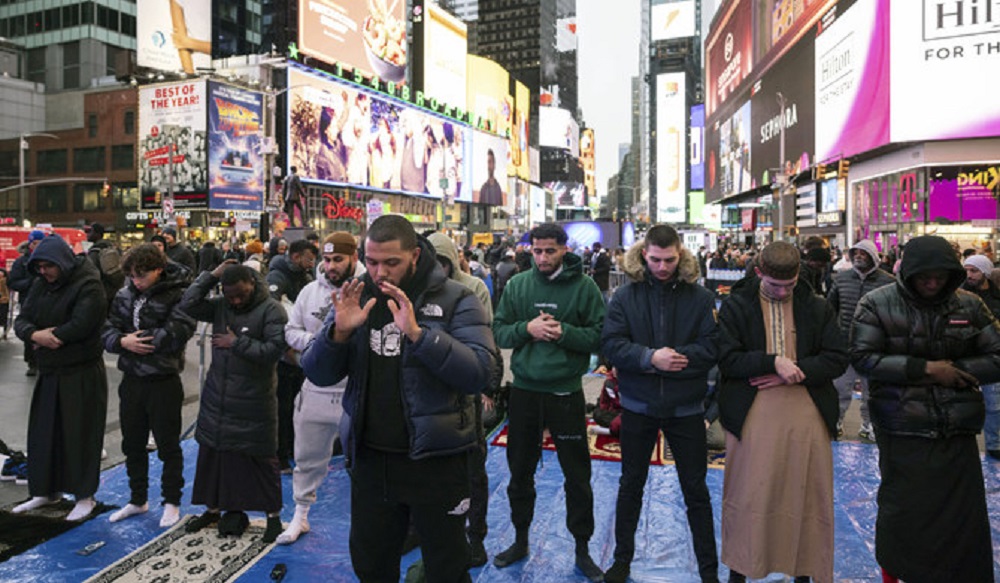
2. The Symbolic Meaning
The prayer gatherings in Times Square are not protests; they are declarations of peace and belonging.
Muslims from every background — Arab, South Asian, African, and American-born converts — come together to pray shoulder to shoulder, erasing divisions of race, language, and nationality. This unity reflects one of Islam’s core teachings: the equality of all believers before God.
Performing prayer publicly in such a famous location also challenges stereotypes about Islam. It sends a message that Muslims are part of the American story — not outsiders, but neighbors, coworkers, and citizens who practice their faith with pride and respect for others.
3. The Legal and Cultural Context
The U.S. Constitution protects freedom of religion and public expression, allowing Muslims to perform prayers publicly as long as they do not block streets or violate safety regulations. Times Square, as a public space, has hosted many faith-based and cultural events — from Christmas celebrations to yoga gatherings — making Muslim prayer there a natural part of this pluralistic tradition.
4. Reactions and Global Impact
Videos of these prayers have gone viral across social media platforms, with millions of views. Many viewers — Muslim and non-Muslim alike — describe them as peaceful, inspiring, and unifying. Others see them as an educational moment, exposing Americans to the beauty and discipline of Islamic worship.
For Muslims living in the West, especially youth, these gatherings help reclaim public space and demonstrate that faith and modernity are not opposites. For many observers abroad, they represent the freedom and dignity Muslims can experience in a society that values expression.

5. The Deeper Secret: Light in the City of Lights
Times Square is famous for its lights — bright, artificial, commercial. Yet when Muslims pray there, the “light” takes on a spiritual dimension. The Arabic word nūr (light) in the Qur’an symbolizes divine guidance and peace.
Thus, praying in Times Square becomes a metaphor: the light of faith illuminating the world’s most dazzling cityscape, showing that spiritual peace can coexist with urban energy.
